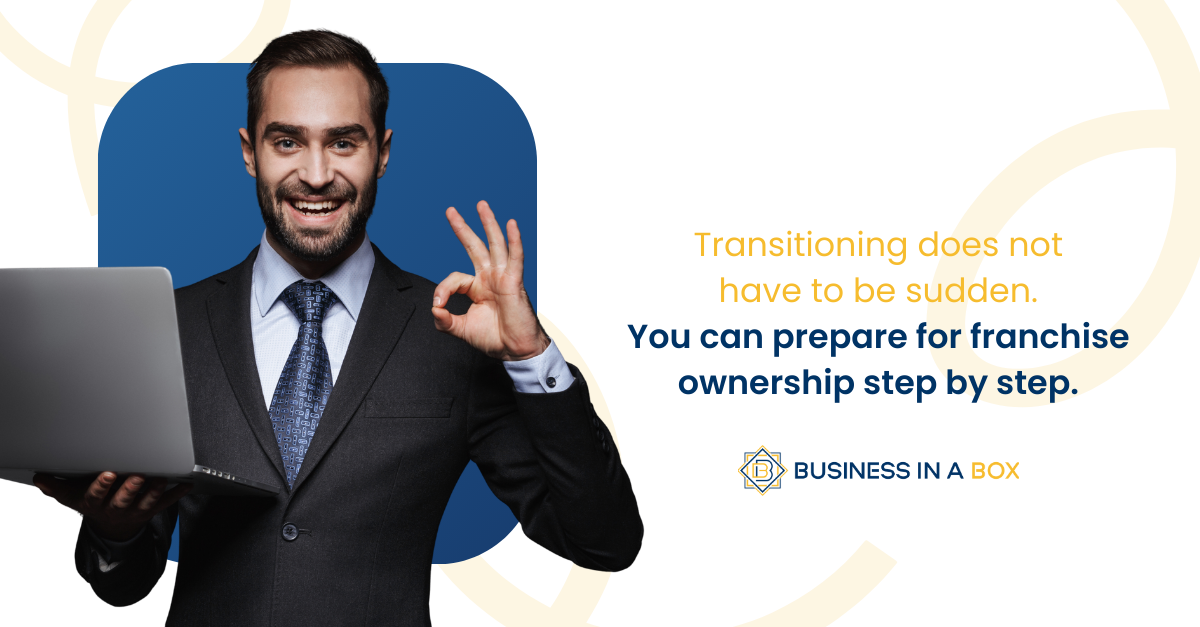Many professionals feel ready for a new path but hesitate to leave corporate work immediately. Franchising offers an alternative, and the transition can begin slowly. With planning and small steps, you can move into ownership without risking stability.
How Do You Assess Your Readiness While Still Employed?
The first step is reflection. Ask yourself why you want to own a franchise. Is it to gain independence, build wealth, or design a different lifestyle? Each reason affects the kind of franchise that fits you.
Practical step: Write down your top three motivations. Match them with industries that interest you. If you value family time, for example, a semi-absentee model may fit better than a restaurant.
What Research Can You Do on the Side?
Transitioning doesn’t mean quitting right away. Research can begin after work hours. You can attend franchise webinars, download Franchise Disclosure Documents (FDDs), and read case studies of owners.
Practical step: Set aside two hours per week as “franchise research time.” Use it to review industries, read brand materials, or speak with current franchisees. Treat it like an evening class.
How Can You Test Skills Before Committing?
Franchise ownership requires new skills in leadership, budgeting, and marketing. You don’t need to wait until you buy a franchise to start practicing.
Practical step: Volunteer to lead a project at work, manage a small budget, or take a short course in financial literacy. Each step builds the skill set you’ll use later.
When Should You Consider Semi-Absentee Models?
Many corporate professionals choose semi-absentee franchises that run with a manager on site. These require about 10–15 hours a week, which can fit alongside a corporate role during the first phase.
Practical step: Ask franchisors how much time owners spend weekly after the initial training. Compare this to your current availability to see if a gradual transition is realistic.
How Do You Plan Financially for the Shift?
Finances create the foundation for any transition. Building reserves while still employed reduces pressure once you move into ownership.
Practical step: Create a savings goal equal to six months of personal expenses. This cushion buys time while your franchise ramps up.
Shifting from corporate to franchising doesn’t need to be an abrupt leap. Start with self-assessment, consistent research, skill-building, and smart financial planning. Semi-absentee models allow many professionals to build ownership while keeping career income during the transition.
👉 If you’re exploring how to make this shift without rushing, book a call here.

